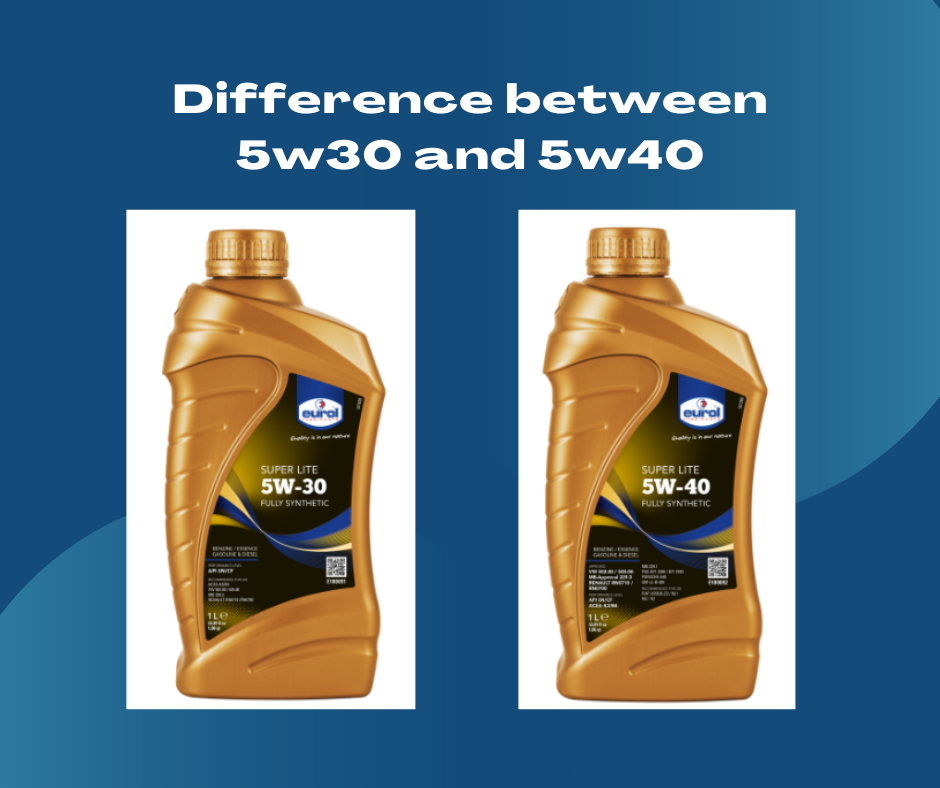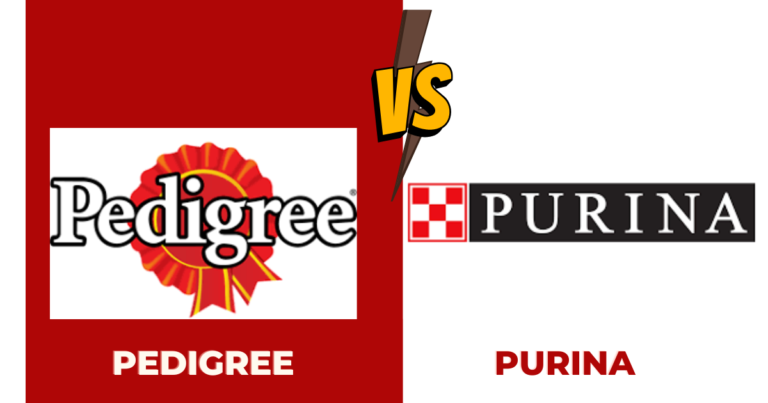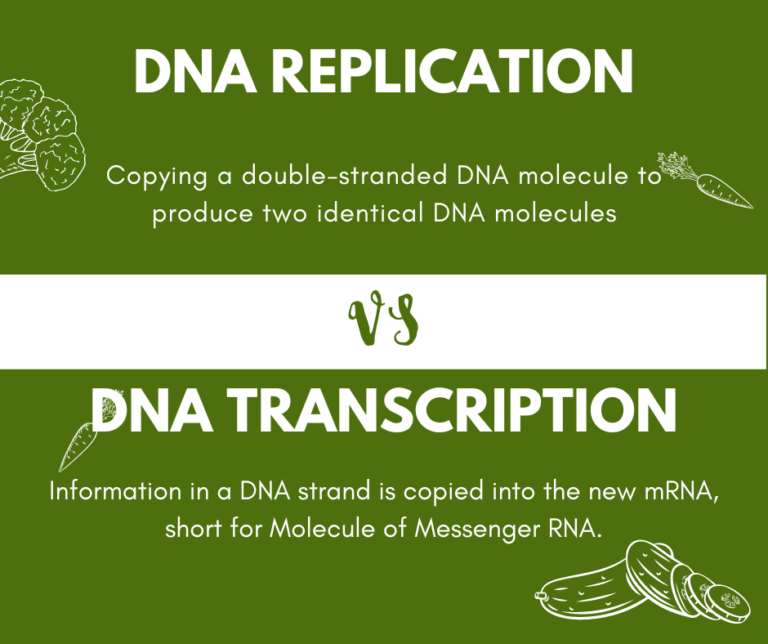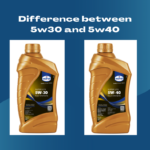Car owners often prefer to take their vehicle to a garage for an oil change. You will have to pay an extra $20 to $70 to the mechanic, while it will cost you around $20-$50 if you do it yourself. The good part about replacing your oil from a garage is that they will put the correct oil considering your car’s make and model. However, to do that by yourself, you have to really understand the type of oil your vehicle needs.
The motor oil’s thickness is the primary factor one should consider while purchasing. The Society of Automotive Engineers (SAE) has a statistical code for motor oils based on their viscosity characteristics. This can range from 0 to 60.
Why does the Viscosity of motor oil matter?
The thickness or Viscosity determines how efficiently the oil will flows through your car’s engine. Oils with runny consistency are assigned with lower points, while thick and consistent oils have higher viscosity values.
The numerical value of the oil is post fixed to the alphabet W, short for “winter” or lower temperature. The W denotes the lubricant properties of the oil, meaning an oil with lower W performs better in colder temperatures. Therefore, 5W performs better in winter than higher Ws like 10W or 20W.
The number before the W shows the cold viscosity rating, and after W shows the hot viscosity rating.
The Viscosity of an engine oil changes depending on the outside weather and the engine’s heat. Motor oil tends to get thinner when the engine starts to heat. Single grade oils become too thinner when they contact with the engine’s heat. Therefore, experts prefer multi-grade oils like 5w30 and 5w40.
Kinematic Viscosity is a numerical value assigned to the oil’s efficiency in flowing through the orifices of the motor at a regular temperature. If the oil takes a long time to pass, it will have the higher SAE code assigned to it.
It means 5w40 has a higher viscosity level in cold and hot temperatures than 5w30.
5w30 and 5w40 are the most used multi-grade motor oils by people. If you were planning to replace your engine oil for the first time and were confused about which one to pick, we are here to solve your dilemma.
What is 5w30 oil?
5w30 is one of the two most commonly used motor oils that caters to a wide variety of vehicle and engine types. It comes with the number 5 grade, which means it has lower Viscosity in cold temperatures. In other words, the oil will be thinner and flows better in cold temperature.
5w30 operates in temperatures ranging from -30 degrees C to 35 degrees C, making it ideal for driving in cold weather conditions. The oil flows freely enough to safeguard your car’s engine by coating and protecting its internal components.
The number 30 represents how well the oil reacts to the normal operating temperature or how well the oil withstands the engine’s heat. The number 30 means it is less viscous at high temperatures, i.e., the temperature of the vehicle’s engine. This means the oil won’t become runny due to the engine heat and maintain the consistency for a longer time.
What is 5W40 Oil?
5W40 motor oil helps the engine and its moving parts work smoothly from an engine overheating and friction. It has a higher viscosity grade of 40 than 5w30, making it more viscous at a high temperature. It protects your engine from sludge build-up and deposit and eliminates possible damage.
It further helps your engine to start quickly in significantly colder environments. The oil circulates efficiently in freezing temperature and does not become thinner in extreme heat from the engine, allowing you to drive faster without exhausting your engine.
5w40 motor oils are best used in higher-performance engines that usually heat up more quickly, like diesel trucks and gas-powered engines. It is preferred for urban environments where people have to sit through a long time in traffic.
Difference between 5w30 and 5w40
| Factors | 5w30 | 5w40 |
| Basic idea | 5w30 has a lower viscosity of 5 and higher viscosity of 30. | 5w30 has a lower viscosity of 5 and higher viscosity of 40. |
| Viscosity | It is thicker is cold temperate and stays thicker engine heat. | It is thicker in cold temperature and withstands engine heat and friction better than 5w30. |
| Suitability | Suitable to use in a broad range of vehicles preferably for light-duty petrol and diesel engines. | Preferred for petrol, gas (LPG) – and diesel engines with or without turbocharger. |
| Price | 5w30 is expensive than 5w40 with a price difference of $2-$3 per 5 Quart. | 5w40 is less expensive than 5w30. |
| Oil flow | Pretty smooth oil flow through each crevices of the engine. | Has a good oil flow due to its high kinetic viscosity. |
| Operating/ dynamic viscosity | Its dynamic viscosity is from 9.3 to 12.5mm2/s, with a dynamic viscosity of 2.9mPas. | 5w40 dynamic viscosity is 12.5 to 16.3mm2/s with a dynamic viscosity of 3.5mPas. |
5w30 or 5w40, which is better for my car?
While both are multi-graded motor oils, their Viscosity is different, so it depends upon the type of engine and the atmosphere as well. While 5w30 works better for light-duty petrol and diesel cars, 5w40 sets well for vehicles with high-performance vehicles, especially if you are driving in an urban setting.
However, when it comes to characteristics, 5w30 flows more efficiently through the internal part of the engine due to its lower dynamic Viscosity.







